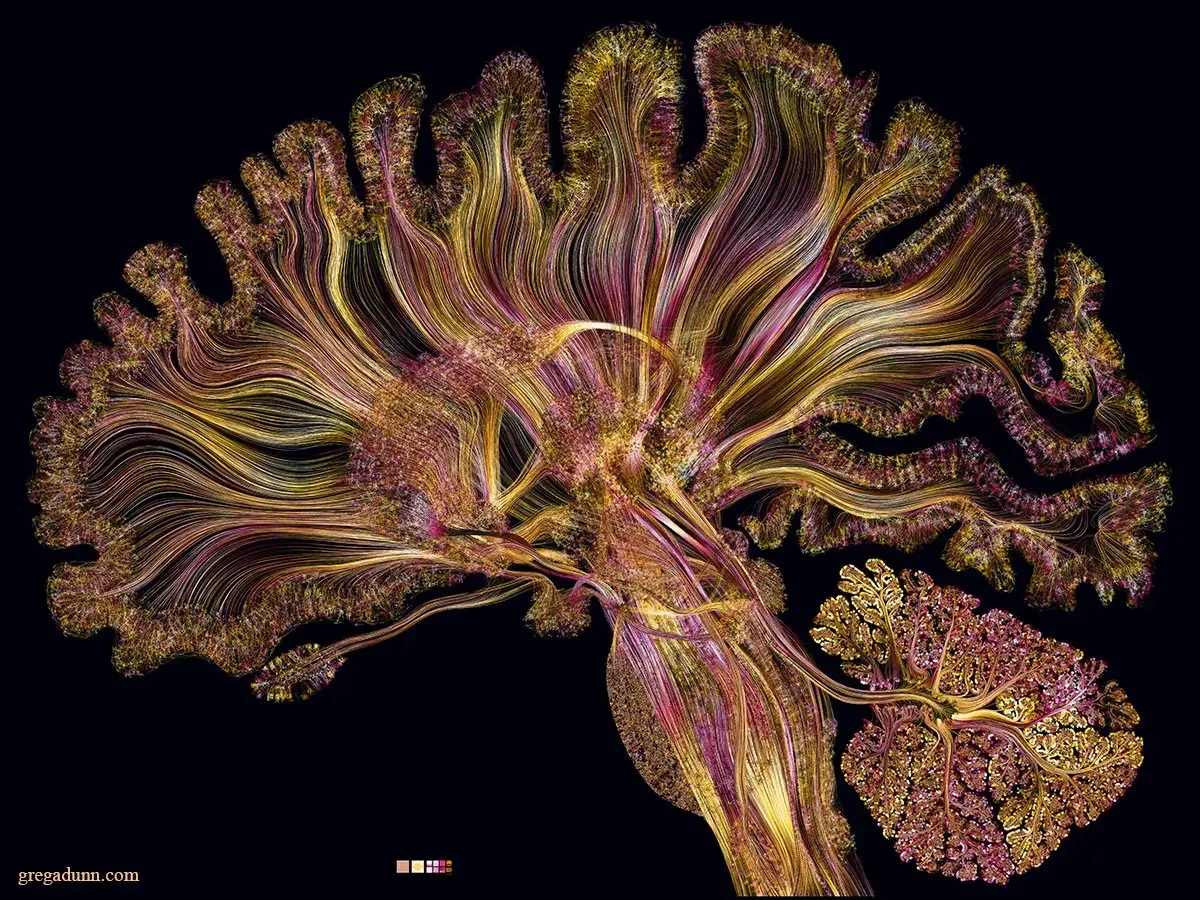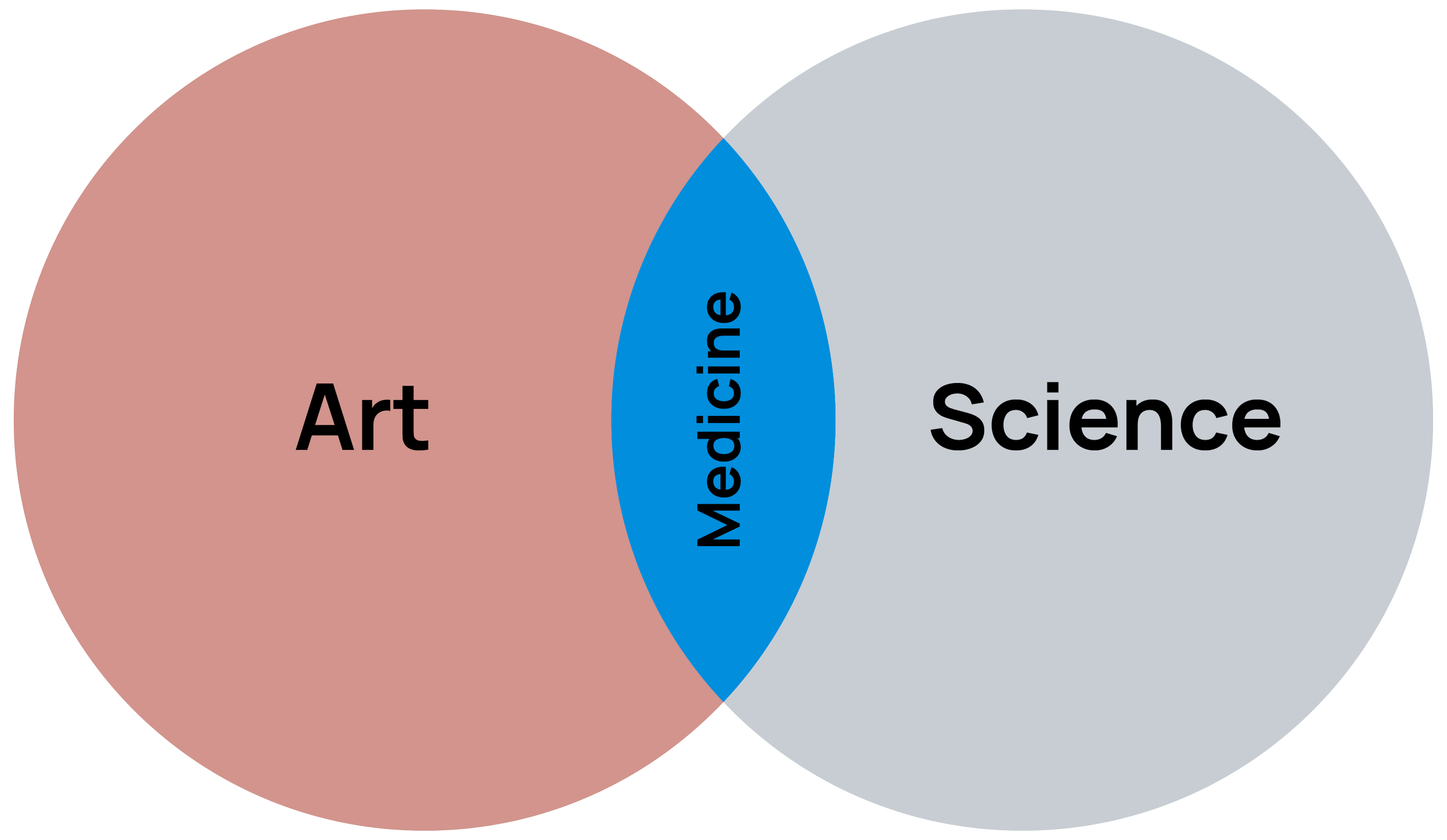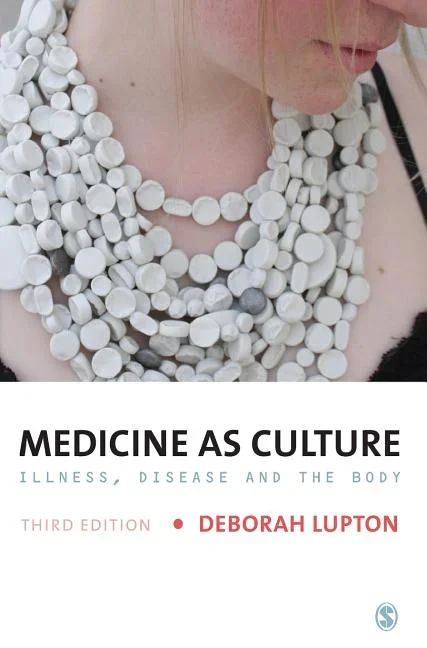Introduction | Background | Why | How | Challenges | Examples | Summary | Resources | Top Tips
Introduction
Tuesday evening surgery.
The patient in front of me speaks quietly as she describes the impact of a recent stroke on her husband's ability to cope with day-to-day tasks. She's exhausted, you can see this in her eyes and the way she lets the chair take her weight. It's an effort to support herself. Out of the corner of my eye I see the medical student stifle a yawn and glance at her phone. She's not been curious about any of the patients we’ve seen in surgery that evening.
At the end of the surgery, I ask the student whether she has any observations or questions about the patients we've seen, she says not. But as she's leaving she asks why I have so many non-medical books on my shelf. I reach up, and take Jean Dominique Bauby's book, The Diving Bell and the Butterfly from the shelf and ask if she would like to borrow it.
Next week, meeting my eyes she hands me back the book saying, ‘I never thought what it might be like to experience a stroke and how difficult it was for that woman we saw last week’.
That's where this story starts and why I have so many non-medical books on my shelf. They teach us about life and what it is to be human, and are a powerful resource in medical education.
The Doctor, Luke Fildes, 1891
Key insightsThe practice of medicine is often described as an art.
The use of art in teaching creates realistic experiences for learners.
Art helps learners appreciate the human dimension of healthcare.
Introduction | Background | Why | How | Challenges | Examples | Summary | Resources | Top Tips
Background
Medicine is the application of scientific knowledge alongside the art of caring for a fellow human being, as a speciality it sits at the intersection of the worlds of science and art.
In the 20th century the worlds of art and science moved apart, and advances in medical research led to healthcare being based around a biomedical model which devalued the human dimension of care.
The worlds are slowly reuniting.
Over the last few decades, people started to remember the importance of art and creativity in human flourishing and to benefit our communities. Researchers began noticing the health and well-being benefits of art and creativity in healthcare.
There is evidence to support the health and well-being benefits of art and creativity (e.g. WHO HEN Report), organisations (e.g. National Centre for Creative Health) have been set up to support its use in the NHS and in clinician wellbeing (e.g. Flourishing Spaces), and a growing body of clinicians are sharing expertise (e.g RCGP Creative Health SIG) and promoting its use in medical education. (e.g. The Nocturnists) Books have been written to explain how arts works, and how it can be used in medical education, you can find a list of these at the bottom of this page.
Continue reading to discover how you can use art in your own teaching.
Introduction | Background | Why | How | Challenges | Examples | Summary | Resources | Top Tips
Why
In my teaching, I have found that using art and creativity makes a positive difference in a variety of ways:
Art in teaching creates realistic experiences for learners using resources that do not rely on medical experience or knowledge.
Our brains like the novelty of art and creativity and we learn better in sensory rich environments where we feel relaxed and are enjoying the experience.
Making time to visit somewhere that is not connected with your work or home-life like a museum or sculpture park, can give you headspace to reflect on work and life. Spending time in a ‘third space’ can result in meaningful conversations and problem solving about important issues and can help you connect with colleagues or your learner.
There are many difficult situations that arise in medicine and sometimes it's hard for learners to talk about these directly and learn coping strategies. Learners may find that expressing their feelings by creating a piece of art, writing a poem or taking part in drama can help then to make sense of and learn from their experience.
Some medical skills and attitudes particularly those that used to be associated with right brain function like compassion, creative problem-solving, curiosity and managing uncertainty are difficult to teach. Art resources can be a catalyst to explore these areas and help learners develop skills and change attitudes.
Everyone experiences art differently and this can be a tool to help learners appreciate the different world views of their colleagues and patients. Art resources created by patients, clinicians or artists can help learners understand the patient’s perspective of illness.
Art can help learners see the bigger picture and better understand the context of the patient’s life and the community in which they live. It can help learners become socially accountable doctors.
Being shown examples of how art is being used to improve patient health and wellbeing can encourage clinicians to recommend a more appropriate range of care options to patients and avoid over medicalisation.
Introduction | Background | Why | How | Challenges | Examples | Summary | Resources | Top Tips
How
If you are planning to use art in your teaching, you will need to consider these questions:
When might it be effective to use art?
Which resources you might use and how do you find them ?
How do you engage the learner?
How will you manage any problems that arise?
My experience of using art in the classroom have shown:
If you have a bit of knowledge about why we use art in education, it should help you decide when it might work well in your teaching. For example, art is a useful resource in situations where you want to improve your connection with your learner, get to understand them better, help them appreciate the patient perspective of an illness or to explore and develop a specific skill or attitude. You might use it to give you and your learner headspace to reflect on their educational progress especially after a negative event like an exam fail.
Many clinicians have an area of special interest or have a topic they find particularly difficult to teach. You might choose focus your use of art in these areas of teaching and collect art resources specifically to use in either of these situations. Or you might wish
to use art more broadly in your teaching. If so, you could use the resources on this website or make time to collect art that resonates with you as a teaching tool.
The same art resources are effective whether the learners are students or experienced clinicians.
It’s less threatening to learners to badge a session as the ‘topic’ you are teaching about rather than an ‘art or humanities session’.
It helps to engage learners if you explain that art resources are being used as a catalyst for discussion in the same way as published evidence or guidance is used.
Seeking permission from your learners to use art can improve engagement and you can reduce potential anxiety by explaining that you are not expecting learners to have any artistic expertise just a curious mind and a desire to learn.
We should not be afraid of provoking an emotional response in our learners. It is positive for learners to explore potentially difficult issues in a safe and developmental environment before they face the same situation at work. So, when using art learners should feel safe and supported to be able to discuss their feelings and concerns. I usually discuss this with learners at the start of a session or gallery visit. It’s helpful to anticipate how you might manage a leaner becoming upset before you run a session.
Introduction | Background | Why | How | Challenges | Examples | Summary | Resources | Top Tips
Challenges
One of the main barriers to using art in teaching is anxiety about the potential problems.
When using art in teaching it’s inevitable you will face some challenges; anticipate them and consider how they might be managed. I’ve included some strategies you might adopting in the section on ‘how’.
These are the challenges I’ve encountered:
Not all leaners and educational institutions recognise the important role art and creativity can play in medical education, so you might feel pressured to justify using it in your teaching and personal learning.
There are currently several terms used to describe how art and creativity are used in education and healthcare, including creative health, creative enquiry, medical humanities and art in health. This can lead to confusion.
The experience of using art resources or visiting a gallery can be alien to learners.
Learners might express anger either about using art or being asked to engage in more challenging discussions.
Art resources reflect real life situations and experiences so have the potential to trigger a strong emotional response in learners.
Art provokes an individual response, so your learner may not react to the resources you have selected in the way you expected.
Even if you feel motivated to try and use art it can be hard to know when it might be ok to try it, how much to plan the session, and where to find the resources.
Introduction | Background | Why | How | Challenges | Examples | Summary | Resources | Top Tips
Examples
Using a creative activity to relax and engage learners so important conversations can take place.
Rotherham GP Training Half Day Release session – We used art to prompt discussion about the registrar’s identity, their role in the local community, and the importance of the support from their colleagues. We created a patchwork quilt of squares made by each registrar.
Rotherham GP Training SchemeUsing art resources to teach knowledge, skills and attitudes relating to a particular aspect of clinical care.
GP School Art Club. We used a variety of art resources to help leaners understand the health problems associated with being a woman. The resources we used are on the Women’s Health page of the website and would work just as well in a tutorial or small group.
'6 Weeks' by Caroline WalkerTeaching about the potential for art to improve a specific health outcome.
Art of Medicine Seminar. We used experiential learning to explore how music and singing can improve the wellbeing of dementia patients and their carers.
Art of Medicine SeminarHelping leaners appreciate the benefits of art and creativity for their own well-being and that of their patients.
The Vale of York CCG PLT – The Bigger Picture where 300 primary care clinicians, social prescribers, local arts workers and community groups experienced the power of the arts, singing, dancing and thinking about how community-based resources can help health and well-being in York.
Introduction | Background | Why | How | Challenges | Examples | Summary | Resources | Top Tips
Summary
Don’t feel compelled to use art in your teaching, use it because it helps you maintain your own enjoyment of medicine and teaching. Like any new skill, initially it will take you outside your comfort zone but with practice you will gain confidence and expertise.
Introduction | Background | Why | How | Challenges | Examples | Summary | Resources | Top Tips
Resources
-
Your Brain on Art
by Susan Magsamen and Ivy Ross
-
Using Story
by Jennifer Moon
-
The Arts in Medical Education
by Elaine Powley, Roger Higson
-
Medicine as Culture
by Deborah Lupton
Introduction | Background | Why | How | Challenges | Examples | Summary | Resources | Top Tips
Top Tips
Starting to use arts resources in your learning and teaching can feel a little daunting, the guides below should help build your confidence:


















